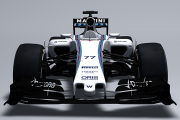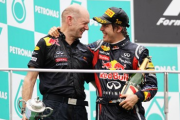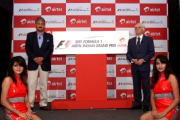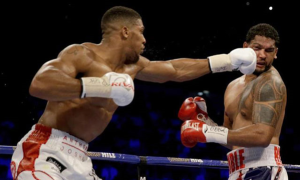F1 lap times have been falling over the years but it is tricky to find a general assumption. The F1 cars have changed over the years, becoming less powerful and less loud. Even resurfacing of the track affects lap times as in the Brazilian Grand Prix last which saw significant improvements in lap times after it was freshly resurfaced. However, circuits which have been the same over the years have seen a fall in the lap times over the years. The lap times this season as compared to last years are however quicker despite having the same engines and minor changes in regulations. This shows the amount of effort teams have put to improve the aerodynamics of this year’s F1 car. Still it is not enough.
Formula One cars, considered as the pinnacle of racing and motorsports have lost its sheen as we have seen production cars over take these thoroughbreds. The complex changes in the FIA rules and the ‘designed-to-degrade’ Pirelli tyres have slowed down the cars. This has been disappointing fans and the motorsport community in general who would prefer to unlock the true mightof F1 cars rather than making them weekend puppets.
In what can be remarked as a sigh of relief, Bernie Ecclestone, F1 supremo has indicated towards major changes to the 2017 season which includes the F1 cars being powered by 1000bhp monsters. Ecclestone’s wish might be the result of his feelings of jealously from the World Endurance Championship which last year saw V8 hybrid engines being used to produce more than 980bhp; hitting the 1000 mark in terms of PS. Formula One cars have higher top speed and can lap a track quicker but this is a matter of pride and prestige for having the ‘meatiest’ engine on the block.
According to Bernie, “We’d just have to take the old V8 engines and modify them by increasing displacement to bring power output to 1000bhp. We need to go back to engines whose costs are more reasonable and we need to interfere with maximum emergency.”
Bernie understands that people pay for the tickets and the organisers cash in and pay F1 including TV rights. If TV and spectatorship reduces, which it has been, then it becomes a major economic imbalance which may destroy the sport. Putting emphasis on pulling the crowd back into F1, Bernie said with bigger engines, “People would return, show would return and the sponsors would return”. “F1 isn’t just technology, but enjoyment too”, he said.
Williams chief technical officer, Pat Symonds is unsure if bringing back the 1000bhp engines would solve F1’s problems. Although he agrees that bigger engines means more entertainment but he feels Formula One is better off with the current engines. “I would not say that I am not dreaming about such a car, but I am realistic, not a dreamer”, said Pat.
Pat seems to be concerned with the issues of rising costs in the sport. He said, “At the moment what we need is to provide a decent business solution and not lose teams because it so expensive. These are far more important concerns. 1000bhp cars great, good fun! But it that the right thing for F1 at the moment? I am not sure.”
Mercedes team boss Toto Wolff had confirmed that talks were going on and that the teams were willing to make changes. He said that the producing higher horsepower is possible by increasing fuel flow but the manufacturers insist on the current V6 power units and not V8s. Wolff said, “Whosoever supplies the engines to the teams has to supply the same engine as they currently use. If it’s going to be the current engine upgraded to 1000bhp, then good- and they need to supply it at a price the teams can afford to pay.”
If the teams and F1 bosses are able to sit down and chalk a definitive path it would prove to be a game changer for the sport. Formula One has been losing popularity over the years and this is a chance for the sport to regain its lot glory.
Tags: Bernie Ecclestone, F1, Formula One, Mercedes, Motorsport, Motorsports, Pat Symonds, Toto Wolff, Williams














